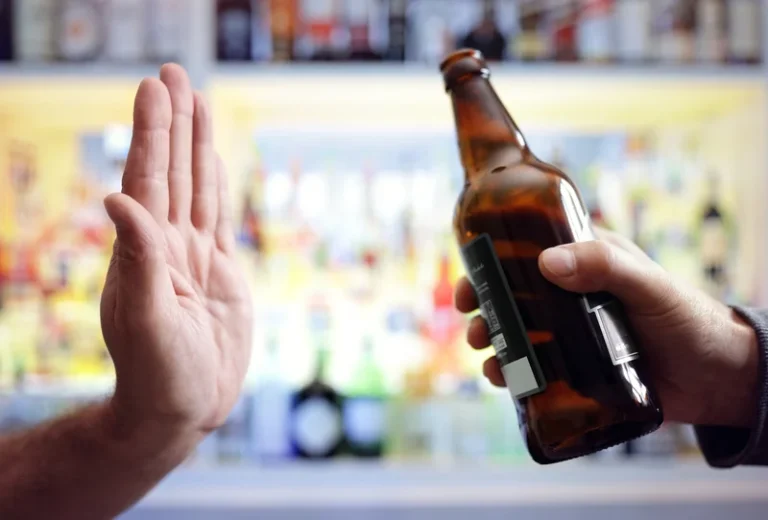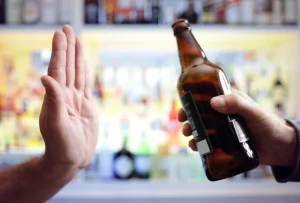Alcohol and Dopamine Does Alcohol Release Dopamine?
- Post AuthorBy Peran Perempuan
- Post DateMon Dec 28 2020
Early animal models have shown that injection of the neurotoxin 6-hydroxydopamine (6-OHDA) in the ventricle or in other brain regions destroys dopaminergic neurons. The primary findings here demonstrate lower 11C-(+)-PHNO BPND in AUD compared to HCs in the examined ROIs combined. We did not observe difference in receptor levels when considering DRD3-rich areas (SN,GP, VP), suggesting a lack of DRD3 upregulation in early abstinent AUD subjects.
- The brain’s adaptive changes to the continued presence of alcohol result in feelings of discomfort and craving when alcohol consumption is abruptly reduced or discontinued.
- These findings may help explain the antagonists’ ability to reduce drinking behavior.
- A blood alcohol level of 0.08, the legal limit for drinking, takes around five and a half hours to leave your system.
Rsu1 regulates ethanol consumption in Drosophila and humans
SSRI’s also are useful in treating anxiety, depression, and other mood disorders that result at least in part from dysfunctional serotonergic signal transmission in the brain (Baldessarini 1996). Accordingly, drugs that target serotonergic signal transmission may reduce alcohol consumption partly by improving the co-occurring psychiatric problems and thus eliminating the need for self-medication with alcohol. To some extent, however, the effects of SSRI’s on alcohol consumption appear to be unrelated to the medications’ antidepressant or anxiolytic effects (Naranjo and Kadlec 1991). The effects of SSRI’s and other serotonergic medications on alcohol abuse will be difficult to disentangle from their effects on co-occurring mental disorders. Nevertheless, the information currently available clearly indicates that serotonergic signal transmission plays an important role in alcohol abuse and therefore may yet be a target for therapies to reduce alcohol consumption. Future experiments will need to assess the relationship between the changes alcohol and dopamine in dopaminergic transmission and other striatal excitability and synaptic alterations following chronic alcohol exposure and intake.
Data analysis
All procedures were approved by the CAMH Research Ethics Board and were conducted according to the principles outlined in the Declaration of Helsinki. Eligible AUD participants were scheduled for the various study sessions (e.g., PET scan, cue reactivity, and IVASA). Sessions did not occur in a particular order and most sessions occurred on separate days. For these cases, the PET scan occurred first in order to avoid cue effects on radioligand binding. In the last 20 years, the dopamine D3 receptor (DRD3) has gained research attention because of its highly localized expression along the mesolimbic dopamine pathway 17, 18 and its distinct drug-related function 19, 20.
- The effects of acute alcohol consumption on serotonin receptors also have been investigated in so-called knockout mice, in whom certain genes (e.g., those coding for different serotonin receptors) have been experimentally inactivated so that the animals cannot produce the protein encoded by those genes.
- Newer dopamine agents, such as partial agonists and dopamine stabilizers, attenuate alcohol‐mediated behaviours in rodents as well as humans.
- It starts to produce less of the chemical, reduce the number of dopamine receptors in the body and increase dopamine transporters, which ferry away the excess dopamine in the spaces between brain cells.
- Many medical practitioners recommend a ninety-day time frame for dopamine recovery.
- A ceramic blade (Camden Instruments Limited, Lafayette, IN) was used for sectioning 250 µm slices that were equilibrated at 33 °C for 1 h in equilibration ACSF before being moved to room temperature for an additional hour before beginning experiments.
2. Atypical dopamine D2 receptor antagonists
Consequently, serotonin can affect neighboring neurons only for a short period of time. Any interference with serotonin transporter function extends or diminishes the cells’ exposure to serotonin, thereby disrupting the exquisite timing of nerve signals within the brain. The net result of such disruptions is abnormal brain activity, which can lead to psychological problems or mental illness. One prominent example of a psychological disorder that appears to involve inappropriate serotonin use in the brain is depression (Baldessarini 1996); some of the most effective antidepressant medications act on the serotonin transporters to prolong the neurotransmitter’s activity. Researchers are focusing much of their attention on other inhibitory neurotransmitters.
Level 1: genetic factors in AUD
Moreover, SSRI’s and receptor antagonists can reduce alcohol consumption in humans and animals, although these agents are only moderately effective in treating alcohol abuse. Dopamine is a neuromodulator that is used by neurons in several brain regions involved in motivation and reinforcement, most importantly the nucleus accumbens (NAc). Dopamine alters the sensitivity of its target neurons to other neurotransmitters, particularly glutamate. In addition, dopamine can affect the neurotransmitter release by the target neurons. Dopamine-containing neurons in the NAc are activated by motivational stimuli, which encourage a person to perform or repeat a behavior.
Furthermore, the trend toward decreased dopamine release in the males with no abstinence might have become significant had those subjects been put through abstinence periods like the male subjects in Cohort 3 of this study. P/T depletion reduced AB to both alcohol and non-drug, reward-conditioned cues in this study. This reduction is consistent with the one prior study that tested the effects of P/T depletion on smoking AB 34.
Longitudinal imaging of metabotropic glutamate 5 receptors during early and extended alcohol abstinence
We also found that dopamine D2/3 autoreceptor function was reduced in male, but not female, alcohol drinkers relative to control groups. Finally, we found that blockade of nicotinic acetylcholine receptors inhibited evoked dopamine release in nonhuman primates. Altogether, our findings demonstrate that long-term alcohol consumption can sex-dependently alter https://ecosoberhouse.com/what-are-sober-living-houses/ dopamine release, as well as its feedback control mechanisms in both DS subregions. The consequences of the alterations in dopamine signaling we observed may be numerous. Neurobiologically, striatal dopamine alters intracellular signaling that affects synaptic plasticity 42.
Web kolaboratif, konten adalah tanggung jawab penulis (Redaksi)




